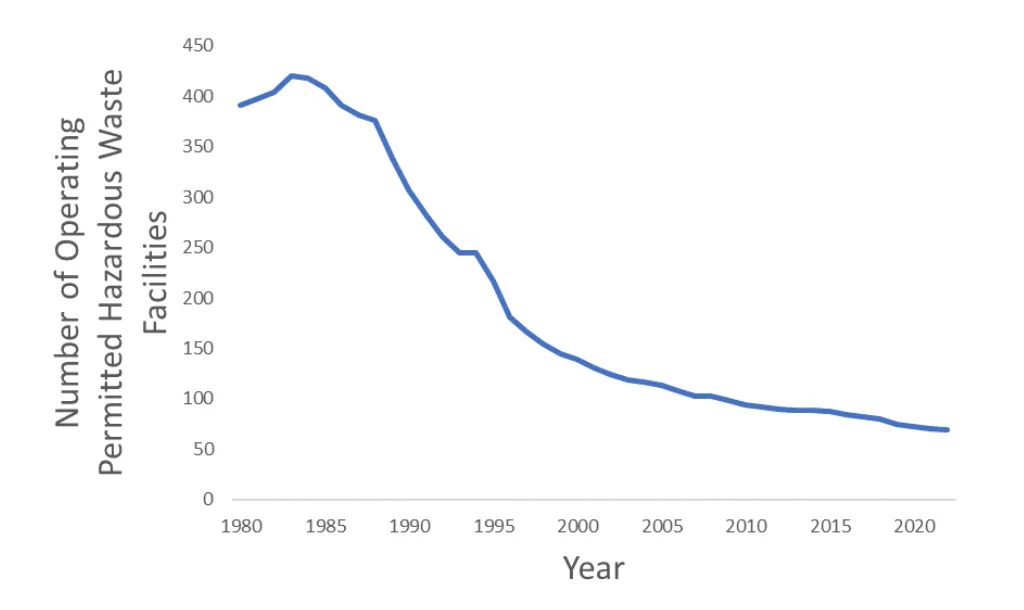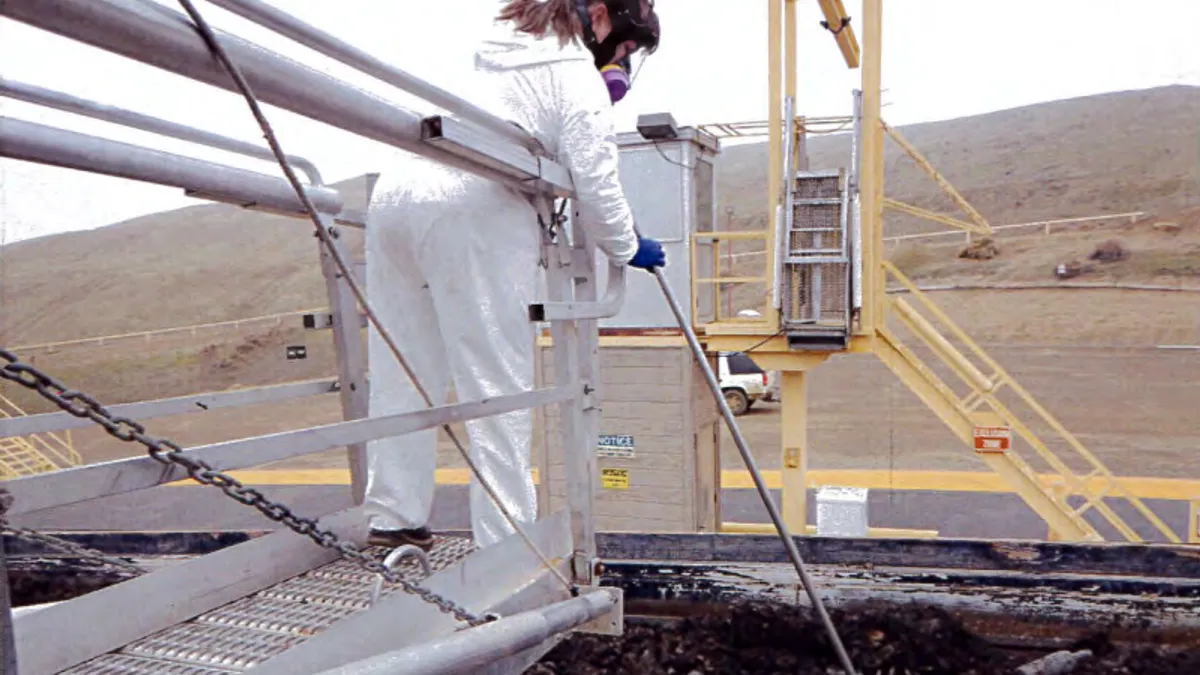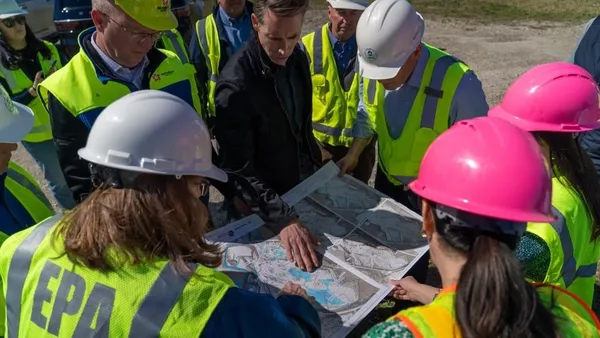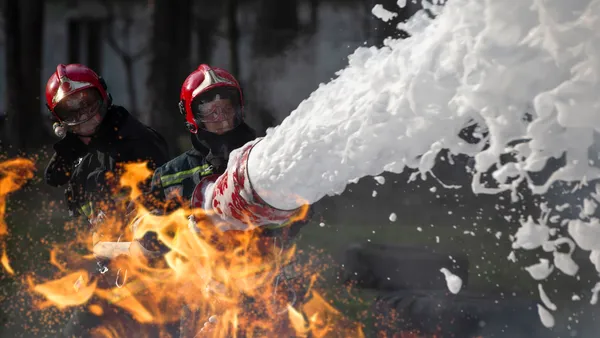California's Department of Toxic Substances Control has released its first report reexamining the management of hazardous waste in the state, paving the way for a shift in how the agency works to reduce waste and protect communities.
The report, published Monday, will inform the agency’s first Hazardous Waste Management Plan in 2025. Its creation was triggered by California SB 158, which created an environmental safety and oversight board within DTSC for the first time. The law was designed to create additional safeguards for vulnerable and disadvantaged communities, in which 55% of the state’s hazardous waste management facilities are located.
The report found that while the state was an early adopter in passing legislation regulating the disposal of hazardous materials — passing its own law in the early 1970s before the federal Resource Conservation and Recovery Act — California's assumptions about its ability to manage hazardous waste have fallen out of date.
"California was the first in the nation to implement hazardous waste control laws and now, has a novel opportunity to reexamine how hazardous waste is defined and managed in a way that is both health protective and supportive of an in-state circular economy," the report's executive summary states.
California first defined hazardous waste in state statute in 1972. The predecessor to the DTSC was created under the Department of Health Services in 1981 and was moved to the newly formed CalEPA a decade later, per the agency's website.
In the 1980s, California policymakers assumed hazardous waste could be handled within the state, an assumption made based on the state's waste reduction program, facility permit applications, and other legislative efforts, the report noted.
But today, the state is facing shrinking waste disposal and treatment capacity. California's two remaining hazardous waste landfills — the Kettleman Hills facility operated by WM and the Buttonwillow Landfill facility operated by Clean Harbors — have an estimated 20 years of capacity remaining assuming present out-of-state waste shipping patterns continue.
About 60% of the state’s hazardous waste, or 12.5 million tons, has been landfilled since 2010, while about 24% was shipped for recycling and 2% was incinerated. Other destinations tracked by the state include metals recovery facilities, energy recovery and discharge to sewers.

States are required to maintain at least 20 years of capacity for their hazardous waste in order to receive federal Comprehensive Environmental Response, Compensation, and Liability Act, or CERCLA, funding. If all hazardous waste was managed within state boundaries, the two remaining landfills would have 9.5 years of capacity remaining, the report found.
"Given the decline in hazardous waste management facilities over time and more stringent requirements for operating permitted facilities, it is anticipated that California’s hazardous waste management capacity will be further reduced and that more California-generated hazardous waste will be shipped to other states," the agency concluded in its executive summary.
Nearly half the hazardous waste generated in the state since 2010 has been shipped to other states or countries, including millions of tons each to Utah, Arizona and Nevada, the top three recipients. The practice was the subject of a recent CalMatters investigation that found that contaminated soil and other waste defined as toxic in the state of California is often shipped to non-hazardous certified MSW landfills in the other states.
The number of hazardous waste generators in the state nearly doubled between 2010 and 2021 — to an estimated 94,500 in 2021 — but the amount of hazardous waste generated overall has declined since 2000, the DTSC reported. Since 2010, contaminated soil, used oil and other inorganic debris has made up the majority of the state's total hazardous waste.
Looking ahead, the agency says it needs to further investigate the state's remaining capacity. It also plans to explore incinerator capacity nationwide, incentives for the construction of new hazardous waste facilities and whether non-RCRA contaminated soil can be disposed of in non-hazardous waste landfills, among other questions.
The public comment period for the report ends on Sept. 17. DTSC is also scheduled to hold a workshop on the plan on August 9.















